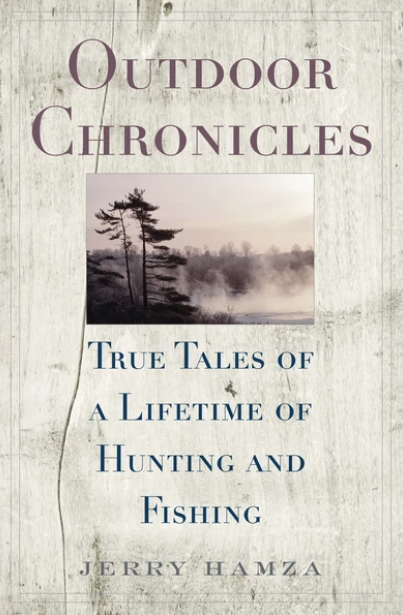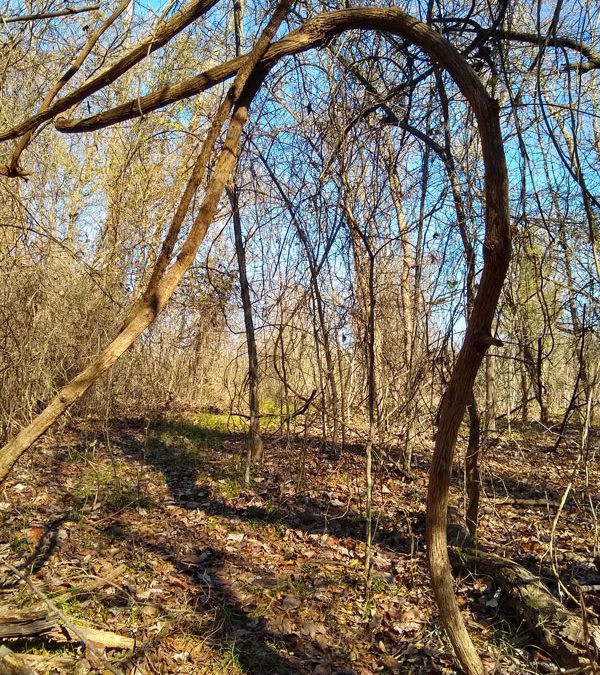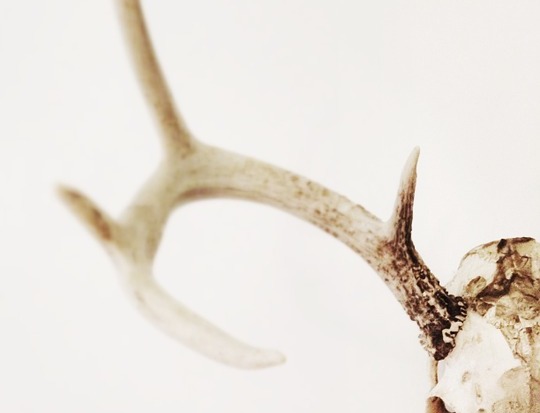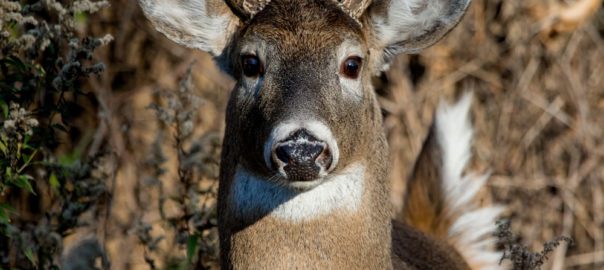I believe most of us who love spending time in the outdoors have places or even landmarks that for one reason or another have become special to us through the years.
I’ve written often about a 250-acre piece of outdoor paradise within a mile of my house that I’ve hunted and fished for the past 18 years. This place has become very special to me and thanks to the kindness of some very fine new owners who understand my love for their land, I have been given permission to continue enjoying my little piece of outdoor heaven.
Through the years, I’ve caught bass, bream, crappie and catfish from the 30 or so acres of water on the place. A few years ago, after the severe drought had caused the old gravel pits to go dry, I had it restocked with fish and installed a fish feeder to help fatten them up! I’ve also hunted the waters and adjacent woodland for deer, ducks and wild hogs.
From the little hunting cabin behind my house where I keep my electric “hunting buggy” and outdoor gear, I can be sitting in my stand in the woods in 15 minutes, which includes the drive and walk back into the woods. I’ve learned the best way to enter my hunting spot to avoid spooking game entails a somewhat serpentine course to avoid walking on well used game trails. A few yards into the woods there’s a familiar landmark that I have walked under hundreds of times: a Rattan vine that has grown in the form of an arched arbor that I pass through. When I first began using this route years ago, the vine was growing over a sturdy hackberry limb and then back to the ground, thus the reason for the rather odd shape. Through the years, the limb rotted away but the vine remains standing tall, marking the entrance to my hunting area.
As I was leaving my old hunting spot one week after a morning in my blind, I stopped at the vine and spent a little time reflecting on years past and reminiscing about hunts and my many trips under this familiar landmark.
I recalled the first time I spotted this “entrance” to the woods I hunt. I toted my blind under the vine and set it up a few hundred yards in, near a grove of towering red oaks. I remembered using the vine as a landmark on my very first scouting trip into the patch of woods. Back years ago, little did I know that the vine would serve as a beacon to help me find my way into and out of these woods on both day and night hunts for hogs. I shared this hunting spot with another good friend for several years and we set up a blind not far from the vine where my grandson and his other grandpa hunted for several years.
One November about 14 years ago, I decided to take my deer rifle and do a slow stalk through the woods in quest of some fresh pork for a sausage making I had planned. Back then, I deer hunted with my compound bows, but decided to take the rifle on this little meat hunt. As I walked by the blind, I noticed movement out to my right and instinctively threw up the rifle, wrapped the sling around my arm to get steady and centered the scope on the biggest wild whitetail buck I’ve seen to date. I had the scope on the giant buck for a good five seconds but never pulled the trigger.
A friend who owns property nearby later shot the giant chocolate-horned ten-point that scored a whopping 172 Boone and Crockett. To this day, I wonder why I didn’t take the easy 55-yard shot. But back then I was devoted strictly to hunting deer with a bow and I believe subconsciously I hoped the buck might return for my grandson and his other grandfather to harvest. For whatever reason, I let that buck walk. Last week, as I walked under the old landmark vine, I reminisced about that day and was flooded with many more memories.
Once I was toting a 50-pound sack of corn on my back and as I stooped to duck my head under the vine, I heard a snap in my right foot. I had broken a small bone. I remember hobbling on to bait the area and then using an oak stick for a walking cane to hobble back under the vine.
Then there was the night when I sat in the blind with an old buddy who really wasn’t a hunter but enjoyed just being out there. He also liked fresh wild pork sausage! We sat in the blind until around 11 p.m., when a lone boar came up to the area I had baited. I remember him asking if I was sure it was a hog, about the time I dropped the hammer on the porker. It was cold that night and we hung the hog on the limb that supported the landmark vine until the next morning.
And then I recall helping my grandson and his other grandpa drag the boy’s first buck out of the woods, under the vine, of course. Through the years, we dragged lots of game down the trail in this little woodlot and through the old archway.
I’m not sure exactly how long a rattan vine lives, but at the present, this special one is strong enough to support itself in the absence of the limb that caused its unique growth pattern. When the landmark vine does stop growing, assuming it’s before I ultimately stop hunting these woods, I plan to ask the owner if it’s OK for me to cut it and nail it over the porch entrance of my little cabin. Then, in my old age I can rock on the porch and continue to enjoy the memories this old vine will bring to mind!
 In Outdoor Chronicles, Jerry Hamza takes up the gauntlet of the storyteller to take readers away for a little fun. There are already plenty of how-to fishing and outdoor books, and this is not one. Hamza’s stories will not make you a better caster or shooter, but they will make you want to spend more time fishing or hunting.
In Outdoor Chronicles, Jerry Hamza takes up the gauntlet of the storyteller to take readers away for a little fun. There are already plenty of how-to fishing and outdoor books, and this is not one. Hamza’s stories will not make you a better caster or shooter, but they will make you want to spend more time fishing or hunting.
This book is a collection of outdoor stories wrapped in the human condition. They were written with an eye toward honesty and cynicism. They will make you laugh out loud, and you will want to carry them with you wherever you go. If this book goes missing, it’s a sure thing that, when you do find it, it will be in the possession of a member of your household, regardless of their interest in casting a fly. The stories cover the gamut from a fishing trip to northern Canada to a little stream that was actually better than remembered, to how the baby boomers almost trampled a sport to death, to a solitary trek along railroad tracks during a cold, dark, and dreary February and many more. Buy Now




